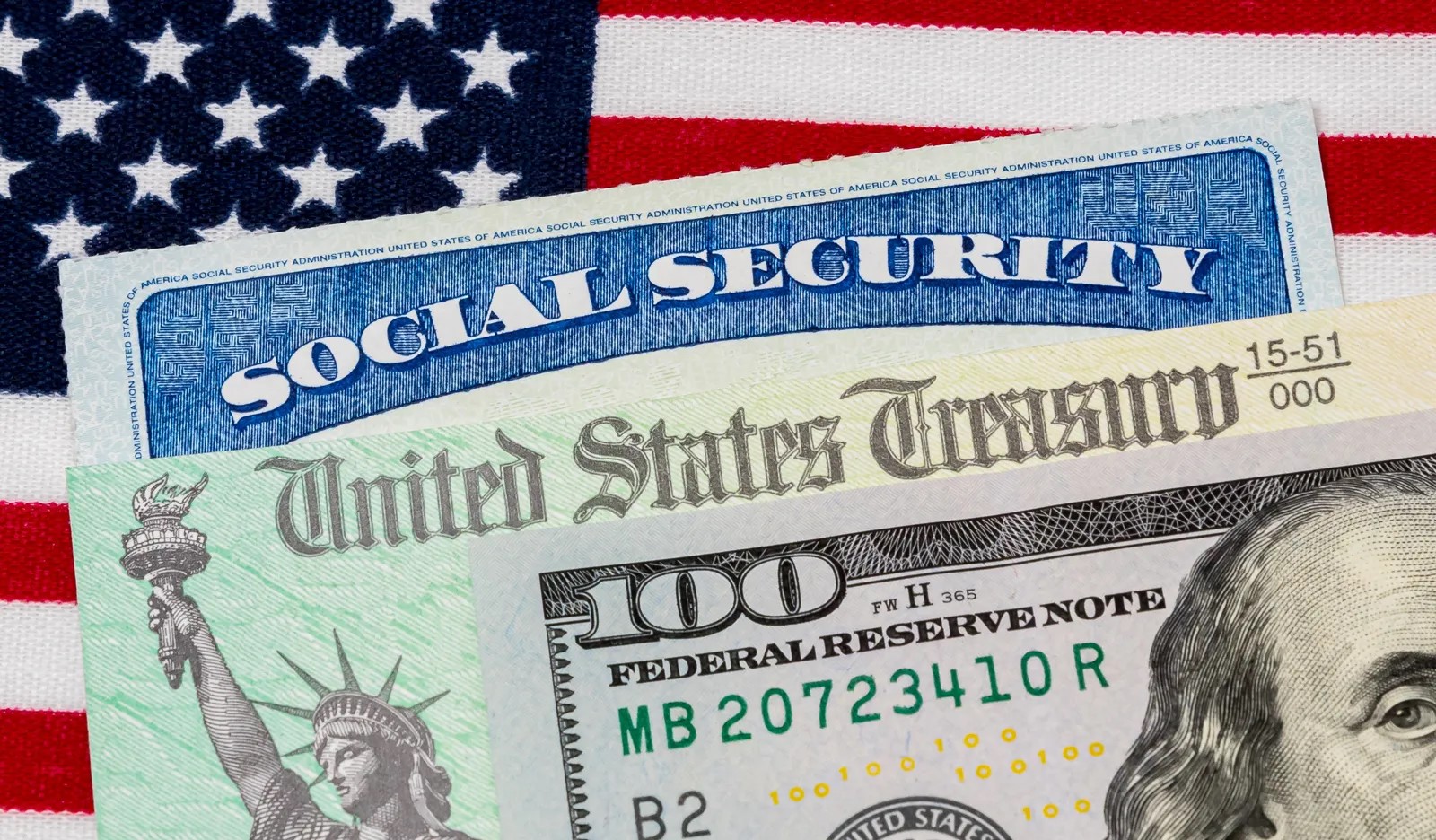One of the benefits of developing 25+ year careers in the asset management and advisory industry, is that our team has gleaned the necessary experience and perspective to lead our clients successfully through multiple economic cycles, as well as several market crises. While each significant market drawdown has been borne from a different set of circumstances and has inflicted varying degrees of financial and psychological pain, all have come to an ultimate positive resolution over time. And while this difficult time too shall pass, the next several quarters look to be extremely difficult as the drying pools of liquidity continue to roil and pressure the financial markets.
Earlier this year, we made a quip about the ‘Fed tapping the brakes’ to slow the economy. In hindsight, that proved to be a massive understatement as global central bankers have instead chosen to perform the financial equivalent of a Starsky and Hutch power slide, yanking on the emergency brake of our global Ford Gran Torino and locking up the wheels of liquidity in an effort to subdue inflation.
If you would say that markets don’t seem normal right now, you’d be exactly right. Virtually all markets, whether financial, capital, commodity, housing, or labor are all adjusting to the most rapid and pervasive monetary tightening regime since the year the “Miracle on Ice” occurred when the US men’s hockey team defeated the Soviets 4-3, which also predated the Mount Saint Helens eruption by a month.
Figure 1: Turning Off the Monetary Spigot
Source: Piper Sandler
At the risk of sounding like a broken record, as was the case last quarter, very few, asset classes were able to post positive returns. When the Fed puts the world in a financial headlock through a more restrictive policy, asset prices naturally fall, as the value of future cash flows are worth less today given a higher interest rate environment. Further, credit strains are starting to emerge as certain funding mechanisms, such as the high yield and leveraged loan markets have all but ceased activity, as the price of money has gotten dramatically more expensive at a breakneck pace. This is not a good development.
Figure 2: The Beat(down) Goes On
Source: T. Rowe Price
While many market participants are ready to tap out and cry “Uncle,” in hopes the Fed will let up on the pressure soon, our view is that central banks will be resolute in maintaining their chokehold for longer than most expect. Recall that the Fed has a mandate to maintain price stability (i.e., keep a manageable level of inflation) and maintain full employment. In the wacky world of 2022, a strong labor market (i.e., low unemployment) has become a bad thing. More on that topic later.
There are lots of ways to measure interest rates and there is, of course, great debate on what the “right” level of rates is. We have written in the past that the ideal rate is the “Neutral Rate,” one that does not overly constrain or overheat the economy. Unfortunately, there is no textbook or formula that tells policy makers what that number is, so it’s a bit of trial and error on their part.
While we do not claim to know the “right” level of rates either, we can glean some insight from the “Real Rate,” which is the nominal level of interest rates minus inflation. A negative rate implies an overly stimulative monetary policy because the nominal rate is too low given the amount of inflation in the economy. One does not need to be an economist to see from the chart below that the US real rate is in deeply negative territory. In order to reach equilibrium, that rate will need to rise through a combination of lower inflation and higher nominal rates. Stated more simply: don’t expect the Fed to pivot or slow down any time soon.
Figure 3: Real Rates Are Too Low…The Fed has More Work to Do.
Source: Blackstone
As we have all witnessed, increasing the cost of money (via higher interest rates) is a generally unpleasant process for governments, businesses, and individuals, and we have outlined the singular reason (inflation) why bankers will likely continue down this hawkish path for the foreseeable future. First some good news: the silver lining is that longer term inflation expectations still remain contained, which means the markets expect this inflation impulse to subside over the next few years, and indeed we are continuing to see some of the froth come off the boil as goods prices are starting to deflate.
Now the not so good news – in order to ultimately stuff the inflation genie back into the bottle, the Fed will need to destroy jobs. There are all sorts of euphemisms for this difficult reality, such as “create more slack in the labor markets,” or “relieve wage pressures to soften aggregate demand,” but at the end of the day, it simply (and sadly) means more Americans are going to be unemployed over the next year – and the Fed has the room to orchestrate this maneuver while still staying within their overall mandate.
The labor market is still too hot, which ultimately creates upward pressure on home prices and rents, which account for roughly 30% of CPI. Throw in persistently higher energy prices due to supply/demand imbalances and the Ukraine/Russia land war, and suddenly that inflation genie looks to be built a lot more like the one from the Disney movie, “Aladdin” than the genie portrayed by Barbara Eden from “I Dream of Jeannie.” If it were up to us, we would choose to wrestle the latter, not the former back into the proverbial bottle. Indeed, Chair Powell has his work cut out for him.
Figure 4: Strong Labor Markets Give the Fed Cover to Keep Raising Rates
Source: Piper Sandler
Last quarter we highlighted the HOPE model, a likely path of future economic developments, as illustrated by our research partners at Piper Sandler. They aptly contend that cyclical downturns (and eventual upturns) start with housing declines, which begets lower orders, lower profits and eventually lower employment until the economy finally bottoms out and starts the new cycle again.
We have seen housing starts cool dramatically. Mortgage applications have also cratered with mortgage rates nearing 7%. Sadly, this does not mean we are done with “H” and now on to “O,” as the structural undersupply of US housing stock will keep a floor on home prices and rents. New order growth is slowing, and we are starting to see cracks in profits and more frequent layoff announcements, but the economy won’t bottom until housing does, and that’s going to take some time.
Figure 5: HOPE is Not a Strategy
Source: Ned Davis Research
We have spent the last 1,000 words writing about the difficult path that we believe lies ahead. Readers of this quarter’s note might naturally ask, “with such a sobering outlook, why be in risk assets at all?” The answer is threefold: 1) we are long-term investors and match our clients’ asset allocation and their portfolios to their long-term financial plans. It is impossible to time the markets and despite near-term headwinds, taking the long view has proven time and again to lead to the highest probability of financial success.
2) We conduct rigorous research and leverage some of the finest institutional sources to form our economic and investment view. That said, there are many very informed professionals that take the opposite view and have strong logic to back their perspectives. This is an extremely challenging time to navigate markets and caution and prudence are required. We do not see any systemic risk forming and this volatility should prove to be short lived in the big picture.
3) Bear markets do not move in straight lines. Any number of events could trigger a powerful rally in equity and rate markets – notably earnings, elections and Fed comments all coming up over the next month which could easily trigger that rally. The current sentiment is so bad, that it’s good. This is a contrarian indicator that frequently leads to strong countertrend moves. Staying invested is key at this juncture.
Figure 6: There is Historic Precedent for Countertrend Rallies
Source: Ned Davis Research
We continue to remain defensively postured and given our outlook, intend to increase our defensiveness should any countertrend rallies materialize. Given the overwhelming case for persistently higher rates and sticky inflation, we have continued to shorten portfolio duration and increase cashflow by increasing exposures to private equity, credit and real assets where appropriate, which have been a positive source of stability, return and diversification throughout this difficult year.
We are pleased to share that we have expanded our toolset of premier institutional managers and are committed to bringing timely and purpose-built solutions to our clients to help them navigate these turbulent markets.
Figure 7: Private Capital as a Source of Return, Protection and Diversification
Source: Fidelity
It cannot be overstated that navigating this environment has been challenging and we know the ongoing volatility has been uncomfortable for many of you. Long-term horizons can suddenly seemingly get very short in market conditions like these, and we encourage you to speak with your Relationship Manager if you have thoughts or concerns about the markets. We are here for you.
Our Capital Insights readership continues to grow and encompasses clients, prospective clients, strategic partners, as well as friends of our firm. To our clients, we deeply appreciate your business and trust in your Capital Planning Advisors team. If you are not a client and are contemplating initiating a relationship with us, either directly with your personal or business assets, or by referring someone you think could benefit from our services and approach, we would be delighted to speak with you.
















